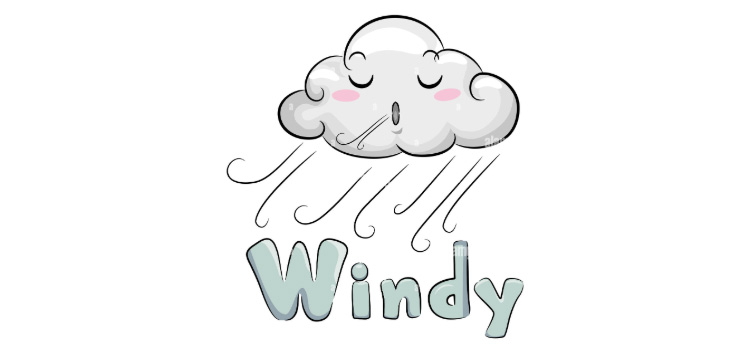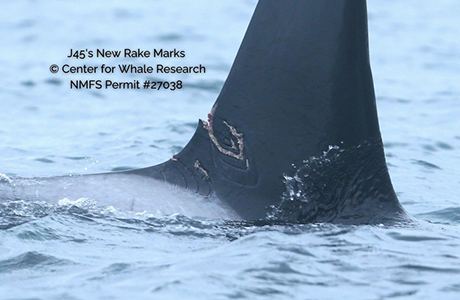Bullwings: Orcas Issues is proud to collaborate with the Stewardship Network of the San Juans to bring its series, “A Short Run to the Sea” to our readers.
We will reproduce daily articles from the series created and published on Stewardship Connections, an electronic publication of the San Juan County Marine Resources Committee and Lead Entity for Salmon Recovery.
Nature Filters — Roads Don’t!
Water, of course, is essential to life, and here in the islands it’s actually a precious resource. All of our freshwater is received from the mere 20-30 inches of rain that falls each year. Though the many bright blue sky days of summer are wonderful, it’s the grey and wet days of our rainy winter season that replenish our supply of fresh water.
When it does rain in the islands, the falling rain will either soak into the natural landscape or hit upon human-made surfaces. Trees, shrubs, plants and soils absorb rainwater, allowing it to move slowly. When rain hits any hardened surface including roofs, roads and driveways, it can’t soak in. Instead, it flows quickly creating what is referred to as runoff from an impervious surface.
As the natural slow movement of rainwater is altered, this runoff often collects pollutants along its way, especially contaminants that have collected on roads and driveways. Now the runoff is carrying pollutants. If this polluted runoff is diverted into a drainage system it will flush directly into our surrounding marine waters from a stormwater drain outflow. When it rains on roads and driveways in rural areas, polluted runoff can make its way into surface waters, such as streams, ponds and wetlands. And, in the islands it’s a short run to the sea.
A great way to assist in the health and safety of water in sufficient quantities for ourselves and wildlife is to do our best to maintain natural landscapes. Soils and roots have microbes that are capable of filtering many contaminants. This is a primary reason why it is important that streams and wetlands are surrounded by native shrubs and trees. Their roots stabilize the soil and help to filter any contaminants that have washed off from roads and driveways. Our wetlands have been likened to sponges and kidneys due their keen ability to store water and filter contaminants.
Because we receive 85% of our rain between November and April, many of our wetlands and streams are seasonal. A great way to assist in the health and safety of our water is to maintain or restore native shrubs and trees throughout our landscape.
For the full series of articles, go to www.shortruntothesea.org
The San Juan Marine Resources Committee (MRC) was started in 1996 as a grassroots effort to establish local management of marine resources. It was the prototype for the creation of a federally sponsored network of seven MRCs working in northern Puget Sound and the Strait of Juan de Fuca. The MRCs are supported by federal funding through the Northwest Straits Marine Conservation Initiative.
The”Short Run to the Sea” campaign, has been supported by the Education, Communication and Outreach Network (ECONet) of the Puget Sound Partnership.
**If you are reading theOrcasonian for free, thank your fellow islanders. If you would like to support theOrcasonian CLICK HERE to set your modestly-priced, voluntary subscription. Otherwise, no worries; we’re happy to share with you.**







